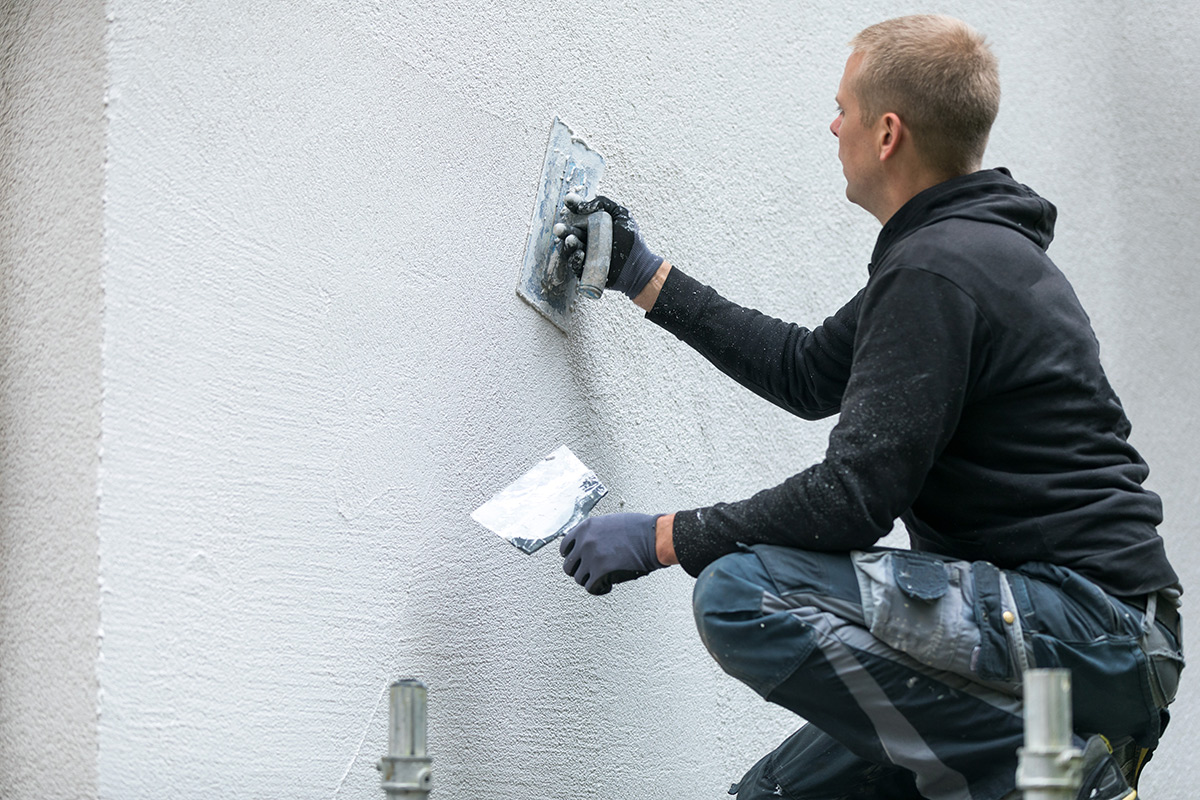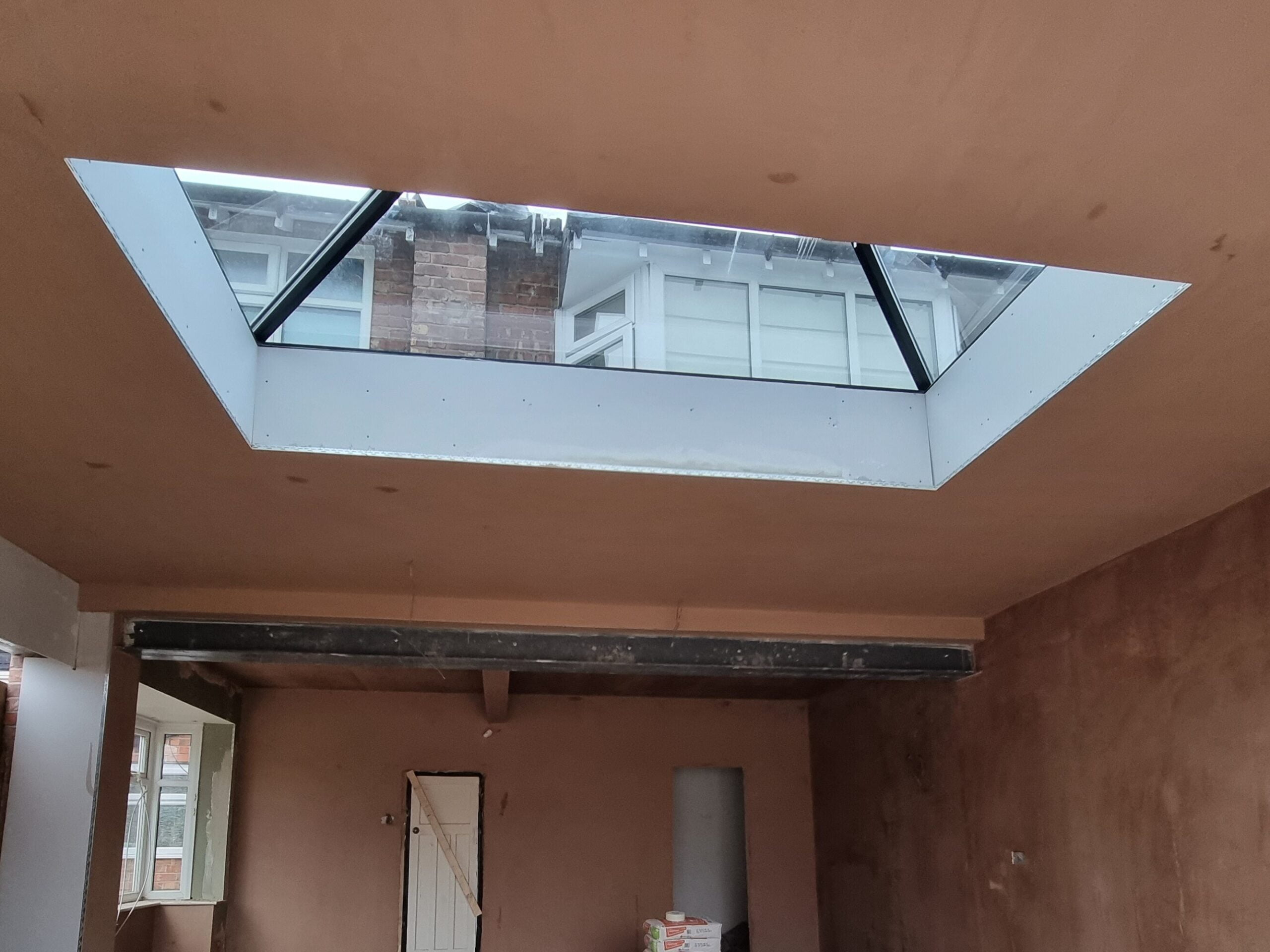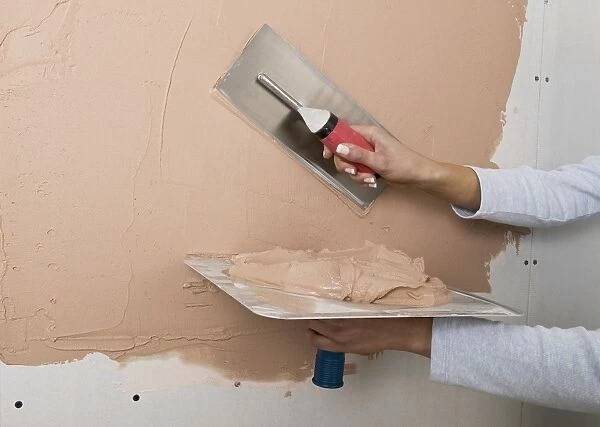Plastering Repair: Rapid and Affordable Solutions for Fractures and Damage
Key Tips and Devices for Effective Plastering in your house Improvement Endeavors
Achieving a remarkable plaster finish in your house renovation jobs needs a mix of the right tools and tested techniques. Important carries out such as the hawk and trowel are critical for reliable application, while correct surface area prep work lays the structure for success. Furthermore, recognizing the subtleties of mixing plaster and applying it in thin layers can considerably impact the final result. As we check out these basic elements, it ends up being apparent that preventing usual risks can boost your plastering skills-- guaranteeing your next job not just fulfills however goes beyond assumptions.
Necessary Gluing Devices
The vital tools include a range of implements developed to facilitate the smudging process efficiently and successfully. Trick components include a hawk, which is a level, square device made use of to hold the plaster while using it to surfaces.

Furthermore, a mixing bucket is required for preparing plaster, making certain the ideal uniformity prior to application (Plastering). Together, these essential plastering tools enable both professionals and DIY fanatics to accomplish top quality results in their gluing projects.
Surface Area Prep Work Strategies
Effectively preparing the surface area prior to gluing is crucial for ensuring adhesion and attaining a flawless finish. The initial action entails cleansing the surface to get rid of any type of dust, grease, or old paint that may hinder the plaster's capacity to bond efficiently. An extensive clean with a suitable cleansing option is suggested, adhered to by washing and permitting the surface area to completely dry entirely.
Next, examine the surface area for any flaws or cracks. These must be full of a suitable filler compound and enabled to heal according to the supplier's guidelines. For permeable surfaces, using a guide is important to improve and develop an uniform structure adhesion.
Additionally, it is vital to make certain that the surface area is steady and structurally noise. Any kind of loose products, such as flaking paint or damaged drywall, ought to be repaired or eliminated. Think about making use of a scrape coat to enhance grip. if functioning with stonework surface areas.
Combining Plaster Like a Pro

Making use of a clean blending container, put the water initially, then progressively add the plaster powder while mixing continuously - Plastering. This approach assists to stop clumping and makes certain an even distribution of materials. A mechanical mixer can be beneficial, saving and offering regular outcomes time. Aim for a luscious, lump-free consistency that enables simple dispersing yet is thick sufficient to hold its shape without running.
As soon as mixed, enable the plaster to rest for a few mins to enable the plaster crystals to hydrate completely. This resting period improves workability and lowers the threat of fracturing during application. By complying with these steps, you can blend plaster like a professional, setting the structure for a successful plastering job in your house improvement ventures.
Application Methods for Smooth Finishes
With the plaster mix prepared to the optimal uniformity, the following step entails selecting ideal application approaches to achieve a smooth surface. This tool allows for a fine, also circulation of plaster across the surface area while decreasing trowel marks.
Begin by using a generous quantity of plaster to the surface making use of the trowel, guaranteeing it adheres well. look at this site When the preliminary coat is used, utilize a sweeping movement to smooth the surface area, applying even stress.
For the final touches, a wet sponge can be made use of to fine-tune the surface further. Lightly mist the plaster with water and gently massage the surface area to accomplish a polished result. Constantly remember to work in small sections to maintain control over the application procedure, making sure a smooth, specialist surface throughout your plastering project.
Usual Blunders to Avoid
When starting a smudging task, preventing common errors is important for attaining a flawless finish. Among the most common errors is ignoring surface area prep work. Falling short to tidy and fix the substrate can result in inadequate attachment and unequal surfaces. Guarantee that all dust, oil, and loosened materials are removed prior to using plaster.
Another common blunder is applying plaster as find here well heavily. Thick layers can crack as they dry out, compromising the honesty of the surface. Instead, choose for multiple slim layers, permitting each layer to completely dry totally prior to using the following.
Furthermore, inadequate mixing methods can result in irregular appearance and workability. Always comply with the producer's directions for blending proportions and completely blend the plaster to accomplish a consistent consistency.

Timing also plays a critical role; plaster ought to be used while the substrate is damp to boost adhesion. Top notch trowels and floats can make a considerable distinction in achieving a smooth surface.
Verdict
Reliable smudging needs an extensive understanding of essential tools and techniques. Proficiency of these components not just adds to the visual allure of a room yet additionally makes certain resilience and durability in plastering jobs, making them indispensable to effective home improvement endeavors.
A float is an additional vital device, which aids in leveling the plaster and achieving an uniform surface.

By adhering to these steps, you can mix plaster like a pro, setting the foundation for an effective gluing project in your home improvement endeavors.
Gently haze the plaster with water and gently rub the surface to achieve a polished impact.